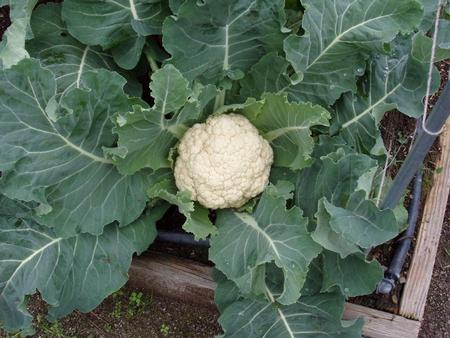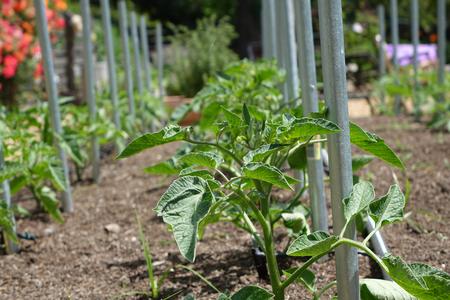Vegetable Classifications
Vegetables can be classified in many ways, but the two most useful ways to gardening are by their growth habit and their temperature requirements. Vegetables are generally classified as annual or perennial crops based on whether they must be replanted each year or will produce crops for multiple years before replanting.
Most vegetables are considered annual crops. Common perennial crops are artichoke, asparagus, rhubarb, and many herbs. Consider the long-term space and cultural needs of these crops when planning your garden.
Most vegetables are further classified as cool-season or warm-season crops based on the temperature range in which they grow best and produce the best-quality crops. Consider this when deciding when to plant and harvest crops in the garden. Planting a particular vegetable should be timed so that it grows and matures when normal temperatures are ideal for it to produce a good-quality crop.
Cool-Season Vegetable Crops

Examples include:
- roots: beet, carrot, parsnip, radish, turnip
- stems: asparagus, white potato
- leaves: cabbage, celery (fleshy petioles), lettuce, onion, spinach
- immature flower parts: broccoli, cauli-flower, globe artichoke
Warm-Season Vegetable Crops

Examples include:
- mature fruits: cantaloupe, winter squash, tomato, watermelon
- immature fruits: sweet corn, snap and lima beans, summer squash
Resources
- Recommended planting dates for major regions of California (table)
- Have a gardening question? Connect with your local UC Master Gardener Program!
- California Master Gardener Handbook (UC ANR publication 3382)
